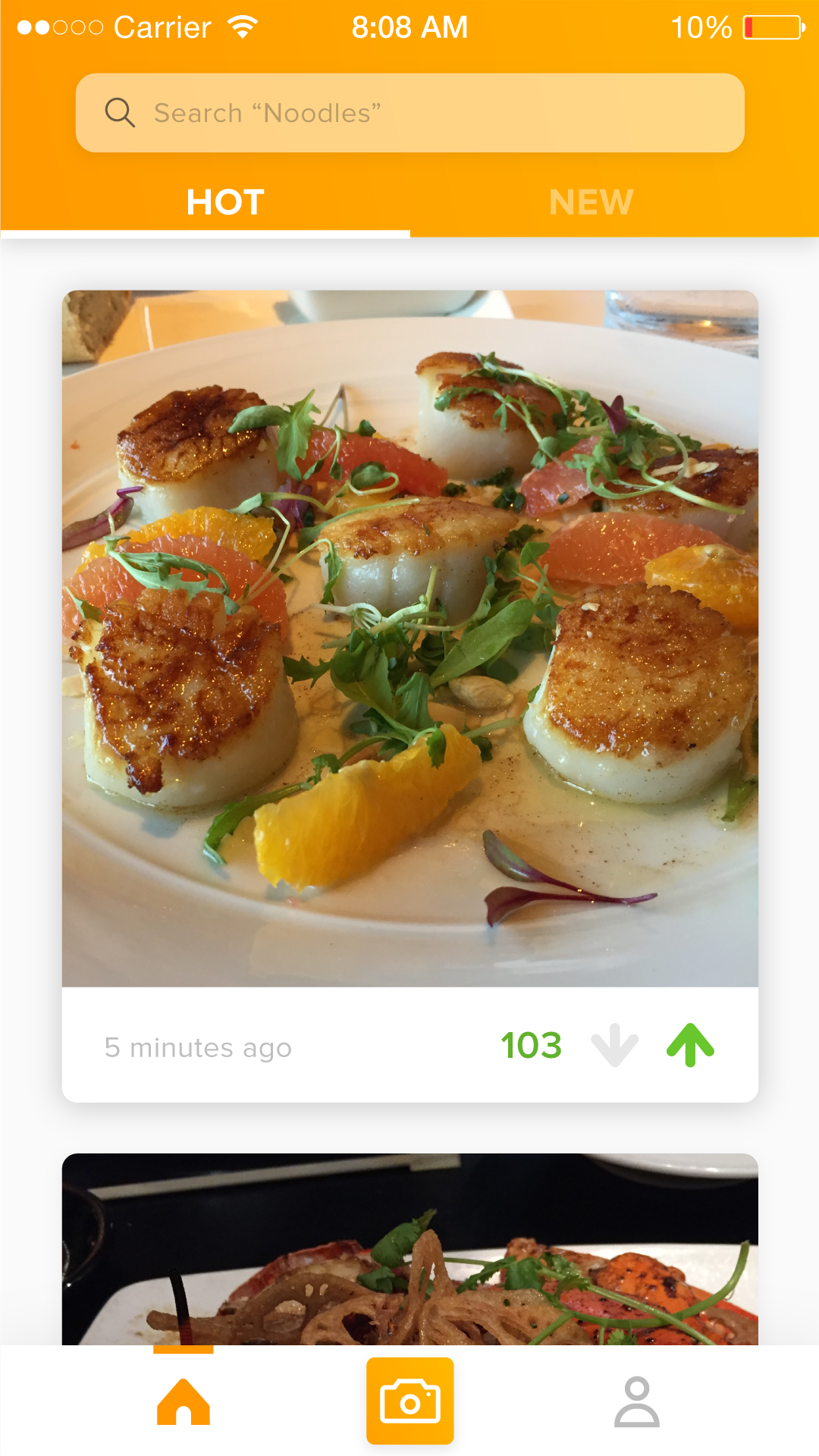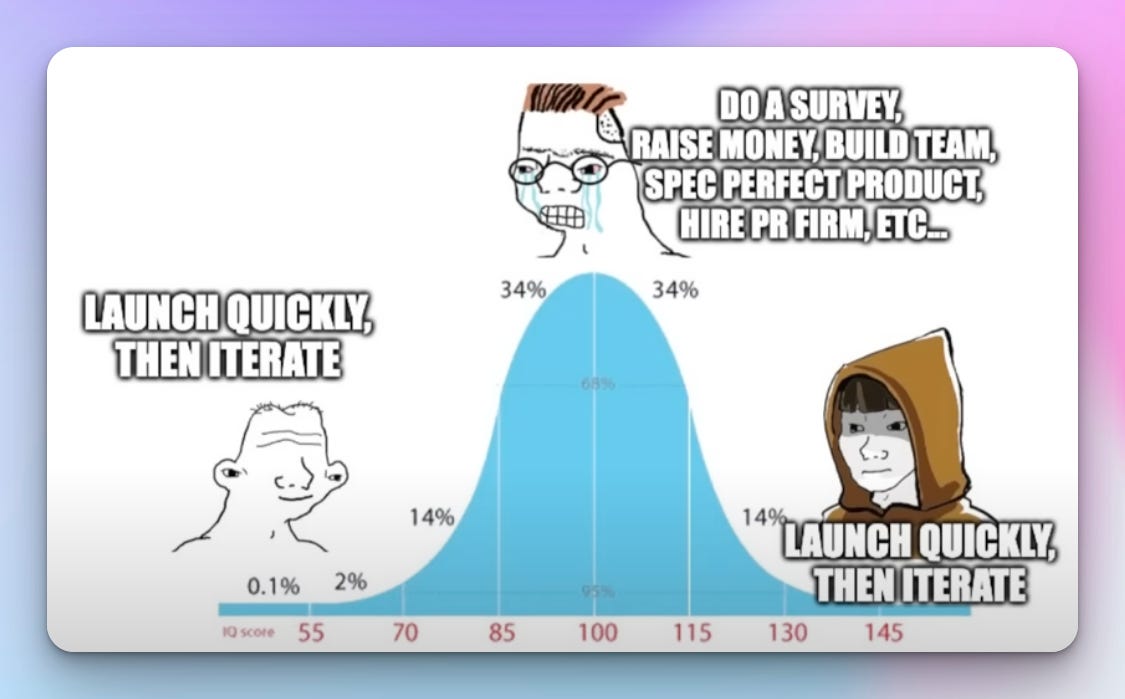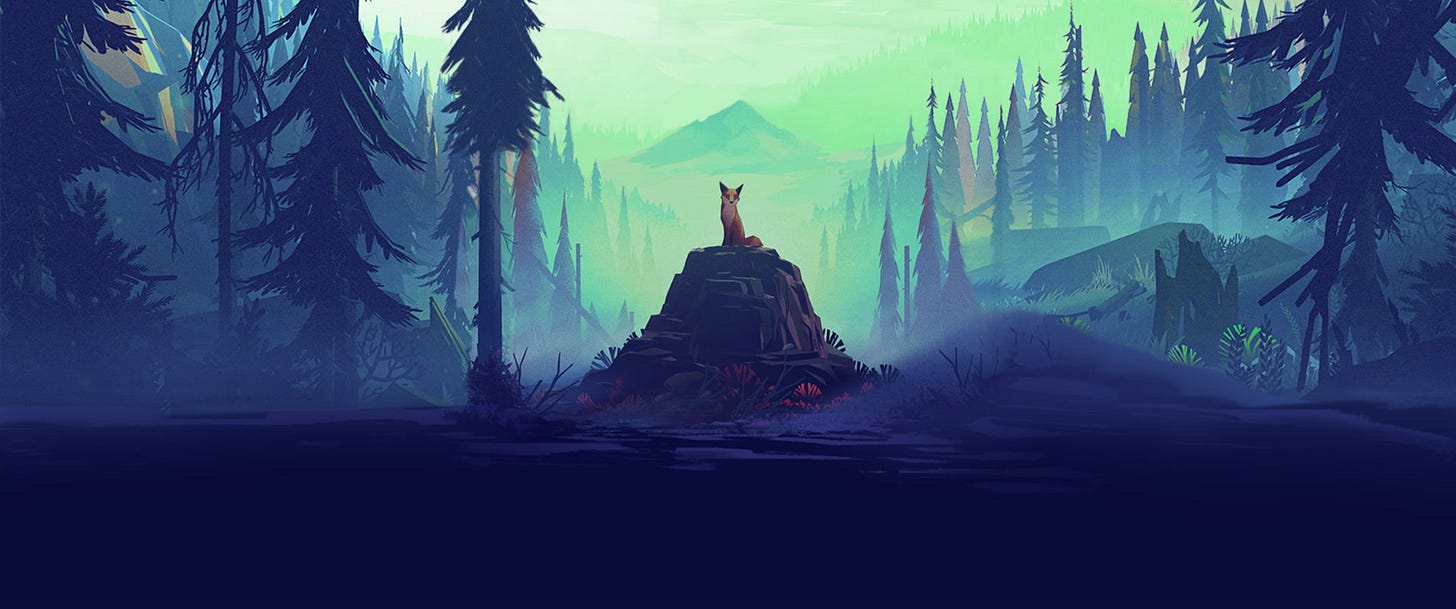Why my first startup failed (and what I’m doing differently this time)
Why do smart people all make this same mistake?
Food is sexy.
I started my very first company with four friends in junior year of college. We spent eight months building, advertising, and launching a mobile app that we hoped would revolutionize the way we find food. And it all centered around the nugget of insight that we all love looking at pictures of great food.
Think Instagram meets Tinder meets Yelp - you can swipe through different photos of food on your feed (no pun intended), and find your restaurant pick of the night from visuals alone. It was a cool idea, and I’m sure it played a big role in 3 of the 5 founders getting jobs at top FAANG companies straight out of college.
But at the end of the day, Fota (our app) was a failure. Although we got 200-some downloads on our launch week on Princeotn’s campus, there wasn’t enough traction for us to invest our time into.
Or so we thought.
As it turns out, we made the single most common startup mistake: loving the product, and not the problem. Or put simply, not talking to users enough.
Here’s everything I learned from the experience, and what I’m doing differently this time around.
Why Fota failed
Hundreds of people downloaded our app, we got a sponsorship deal with a local restaurant, and we even flew out to Mountain View, CA to interview with Y-Combinator. But in the end, as you know, it didn’t work out.
6 years later, here’s my take on why Fota failed, and what you can take away to help grow your business and career.
Speed
“Build your product in months, not years. And weeks, not months.”
When I heard this tip for the first time, I thought it was crazy. If you’ve worked in a tech company, you know it takes months to ship any reasonably large feature. And at the time, as detailed-oriented perfectionists, we made sure to polish the app in every way we could, making sure every feature was just the way we wanted it.
But that was the issue. Startups make mistakes, and you’re not supposed to be perfect. Speed is the one superpower you have as a startup over everyone else. And we failed to use it.
Too much building, not enough marketing
We were builders, not sellers. And we all believed in the myth that “If we made a great product, the customers would come to us.”
Bullshit.
If you spent any time building a business, you know that marketing is just as important (if not more) as the product itself. In fact, in the book Traction, the authors recommend that startups spend 50% of their time on marketing efforts. Literally one half.
For us at Fota, we probably spent a tenth of that - 5% - on marketing, if even. We put up some posters on campus and told our friends about it, and that was it. No SEM, direct sales, affiliate programs, or any of the other 19 traction channels that startups use today.
As legendary investor Marc Andreessen said, every company has a product. But not every company has a distribution channel. And that’s the difference between those that succeed and those that fail.
Not talking to users
Once we did our “grand launch” and got hundreds of downloads, we thought that was it.
We were in love with the product, and we hoped our users would fall in love too. That they would tell all their friends about it, get it press coverage, and take off as the next big thing.
But what we needed to do was be in love with the users. With the momentum and initial audience, what we should have done was
Constantly ask for feedback
Iterate based on the feedback
Repeat
This is pretty much how all great startups operate, and we had no clue.
So what does this all mean?
All of these things combined to one big problem: we didn’t build something people want.
You never know what the market wants. You can spend months in a room with your cofounders clashing your heads together. You can create the “perfect product” and plan a spectacular launch.
But at the end of the day, the tried-and-true method is to launch quickly, and iterate. And never stop talking to users, ever.
I’m taking these lessons with me as I build my current startup, lia.art.
Since Day 1, I’ve been reaching out to my target customers, and asking them what they want. And I’ll continue to do this until I get it right.
Max Levchin went through four failed startups before his $1.5B exit with PayPal. And I’m only on my second.
Where to learn more
Don’t want to make the same mistakes as me? These resources will help.
Calorie-Free Snacks
Some of my favorites from the week
🚀 Buildspace.so - Buildspace is a 6-week program where you build something (an app, a movie, a manga, a company) together with a group of motivated peers. Applications close on Apr 5th! If you have an idea, build with me & others during the nights and weekends!
🖊️ CopyThat - I recently took this 10-day online course on copywriting. Being able to persuade people through writing is one of the most leveraged skills you can learn in life. And this course teaches you just that. I definitely got 100% my money’s worth.
🌐 The One-Person Business Model - Dan Koe is an internet sensation. If you ever felt something like, “man, was consulting/coding 9-5 what I was born to do? Is there another way?” then this video has something for you. He breaks down how he went from nothing to running a 7-figure online business by himself.
🗨️ Wise words by (usually) wise people
“Retirement is when you stop sacrificing today for an imaginary tomorrow. When today is complete, in and of itself, you’re retired.” - Naval Ravikat
🌟 If you’ve read this far, you’re a super star. If you found any value from this letter, subscribe to Petal Pedals completely for free by simply entering your email below.
Every Monday, you’ll get actionable insights on productivity and entrepreneurship in the digital era. With an overly healthy dose of cute images.
— Jayjen
P.S. Do you want to make cute stickers like the one above for free? Try it out for yourself - it’s so addictive.






